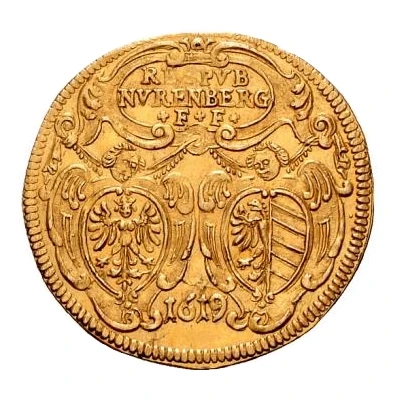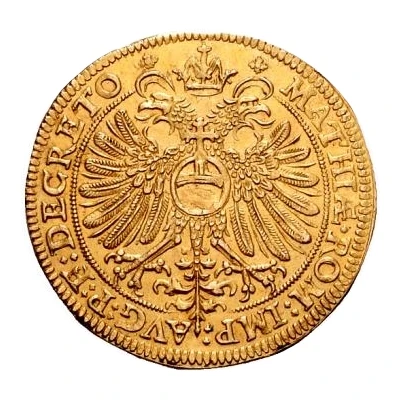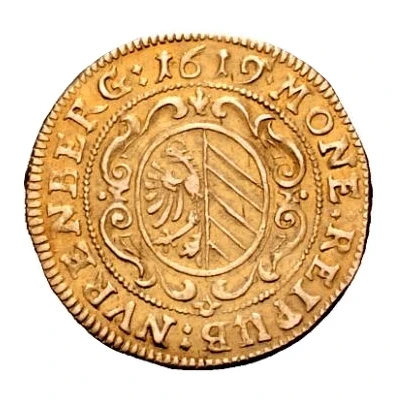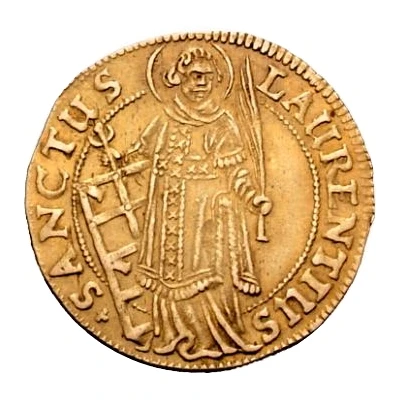


© Hess Divo
2 Goldgulden Gold pattern strike
| Gold (.986) | 7.15 g | 32 mm |
| Issuer | Free imperial city of Nuremberg (German States) |
|---|---|
| Period | Free City (1219-1806) |
| Emperor | Matthias (1612-1619) |
| Type | Pattern |
| Years | 1615-1619 |
| Value | 2 Goldgulden (6.5) |
| Currency | Reichsguldiner (1527-1619) |
| Composition | Gold (.986) |
| Weight | 7.15 g |
| Diameter | 32 mm |
| Shape | Round |
| Demonetized | Yes |
| Updated | 2024-10-05 |
| Numista | N#132439 |
|---|---|
| Rarity index | 100% |
Reverse
Crowned double-headed imperial eagle.
Script: Latin
Comment
Gold pattern strike that used the dies of the 1/2 Guldiner, the 30 within the imperial orb have been removed.Interesting fact
One interesting fact about the Pattern 2 Goldgulden from Nuremberg is that it was minted during a time of great economic and political change in the Holy Roman Empire. The coin was issued during the reign of Emperor Ferdinand II, who was trying to reform the empire's currency and stabilize its economy. The Goldgulden was a new denomination introduced during this time, and it was intended to be a more stable and reliable currency than the existing silver coins. Despite its introduction, the coin still maintained the traditional design of the Nuremberg coat of arms on one side and the imperial eagle on the other. This coin is a rare and valuable example of early modern European coinage and a testament to the economic and political changes taking place during that time.

